The Health Management Resources (HMR) weight-loss program is a meal-replacement diet plan. The HMR program is designed to promote eating more fruits and vegetables, healthy lifestyle behaviors, increased physical activity, and personal accountability.
As with most meal-replacement types of weight-loss plans, the HMR program makes it easier for dieters to control what they eat and, therefore, experience and sustain weight-loss success. Read on to find out if the HMR program is for you.
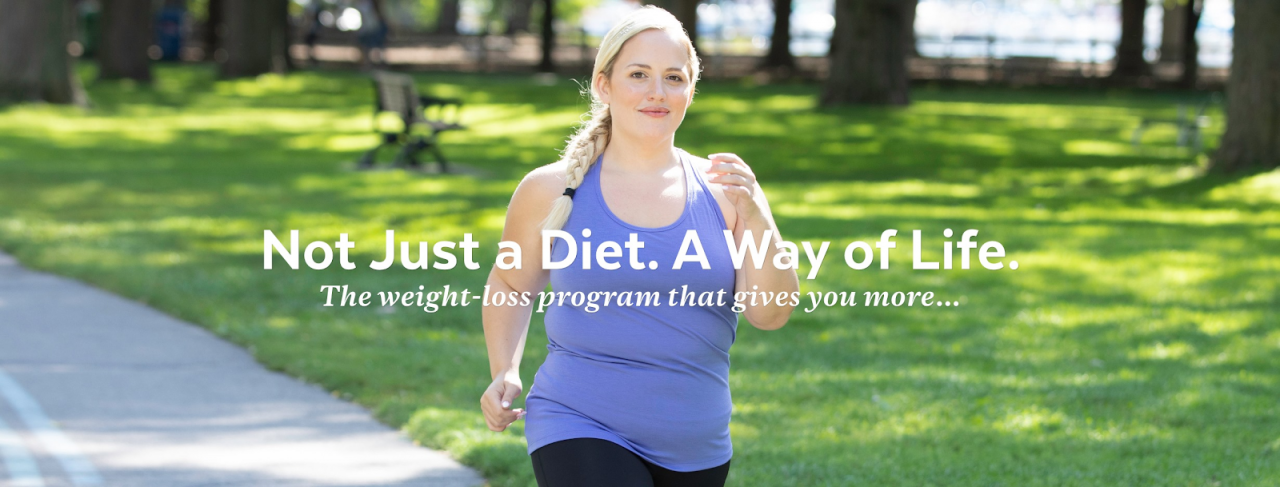
The HMR Program – How Does It Work?
Dieting remains the most popular weight-loss option for a lot of people. Through the HMR program, members can choose from at-home, in-clinic, or medically supervised options to help them shed weight.
HMR’s meal replacement strategy takes away the struggles involved in making the right food choices to lose weight – and most people fail when they are left to their own devices when it comes to choosing to eat healthy. HMR meals are combined with fruits and vegetables to replace high-calorie foods and to create more filling and nutritious meals. Ten to 20 minutes of light, daily physical activity is also required to achieve weight-loss goals and maintain a healthy weight long-term.
HMR meal replacements include low-calorie shakes, meals, nutrition bars, and multigrain hot cereal.

HMR At-Home Program – Healthy Solutions Diet
This is HMR’s most popular program option and involves two phases, with an average of 1,200 to 1,500 calories per day.
- Phase One or the Quick Start Phase. The goal during this phase is to lose weight quickly. After your first three-week supply, you will receive HMR meals every two weeks; you will provide the fruits and vegetables yourself.
Your weight-loss goal will determine how long Phase One will last, but your target should be 1 to 2 pounds of weight loss per week, or about 23 pounds over the first 12 weeks.
You will follow the “three-two-five” daily diet plan during Phase One. “Three-two-five” stands for at least three HMR shakes, two HMR entrees, and five 1-cup servings of fruits and vegetables. You are free to mix and match the HMR meals with fruits and vegetables and to eat more than the “three-two-five” allotted. But it’s important to only stick to these foods, whether you’re at home or out.
You also have to incorporate physical activity into your daily/weekly routine. The activity can be moderate or intense, and you can spread it out throughout the day, but you will be working your way to burning 2,000 calories per week.
You will transition into Phase 2 once you reach your target weight or if you’re ready to move on to a less-structured diet plan. You will also learn healthy lifestyle strategies during Phase One, which will help you transition into Phase 2 of the program.
- Phase Two or the Transition Phase. During this phase, you will maintain your target weight or continue losing weight at your own pace with the help of monthly HMR food deliveries combined with healthy food options and lifestyle changes. You will also receive coaching from dietitians and exercise physiologists through weekly phone calls.
This phase can last between four and eight weeks. Your new food plan will include fewer HMR meals (at least 14 meals per week), the same amount of fruits and vegetables per week (35 servings), and gradually increasing amounts of healthy low-calorie and non-HMR foods. You will also sustain your physical activity.
During this phase, you will build healthy eating habits that you can sustain for life and which will help you maintain your target weight/healthy weight long-term. You will adopt a diet that is focused on lean proteins, and learn healthier cooking methods and how to balance low- and high-calorie days against your levels of physical activity.
In-Clinic Option
HMR clinic programs are offered by about 60 hospitals, medical practices, and other facilities throughout the U.S. The In-Clinic Option also combines the structured diet plan, healthy lifestyle strategies, and group support.
Prior to beginning any HMR program, you will undergo medical screening. Your overall assessment – which includes your health profile, medical history, and preferred diet – will determine whether or not your plan will be medically supervised, which will fall under the Decision-Free Diet plan.
Medically Supervised Decision-Free Diet Option
Individuals who need to lose 50 pounds or more are encouraged to follow the HMR Decision-Free plan. With only 500 to 1,000 calories per day, this option includes medical supervision. To stay within the extremely low-calorie requirement, only HMR meals are included in the diet; even the fruits and vegetables are excluded.
The HMR Healthy Solutions diet may also require medical supervision if the participant is also undergoing diabetes management through medications, or has another health condition that would require even closer monitoring on a restricted diet.
HMR Program Foods
Here’s a list of some of the foods included in the HMR replacement meal plans. It’s easy to create a wide variety of meals using HMR foods and HMR-approved recipes.
- HMR Multigrain Hot Cereal includes oats, wheat, corn, red currants, cranberries, and apple bits.
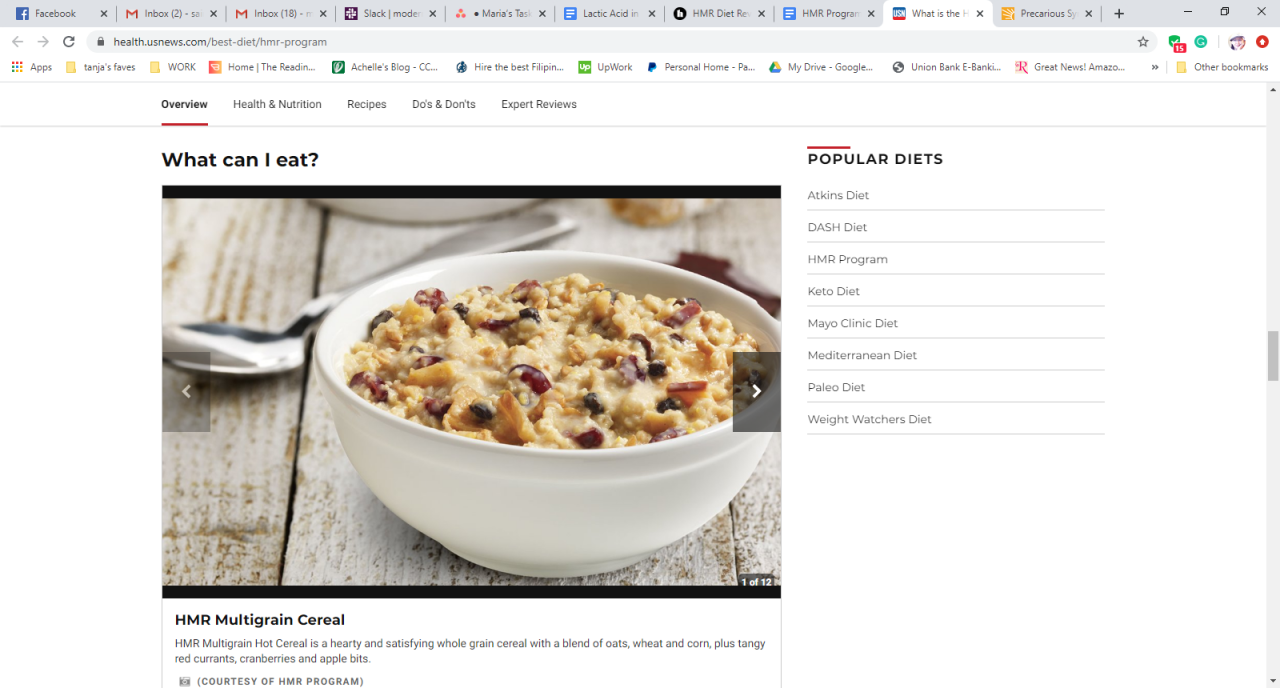
- HMR Savory Chicken entree, which you can toss into a green salad with a healthy vinaigrette dressing.
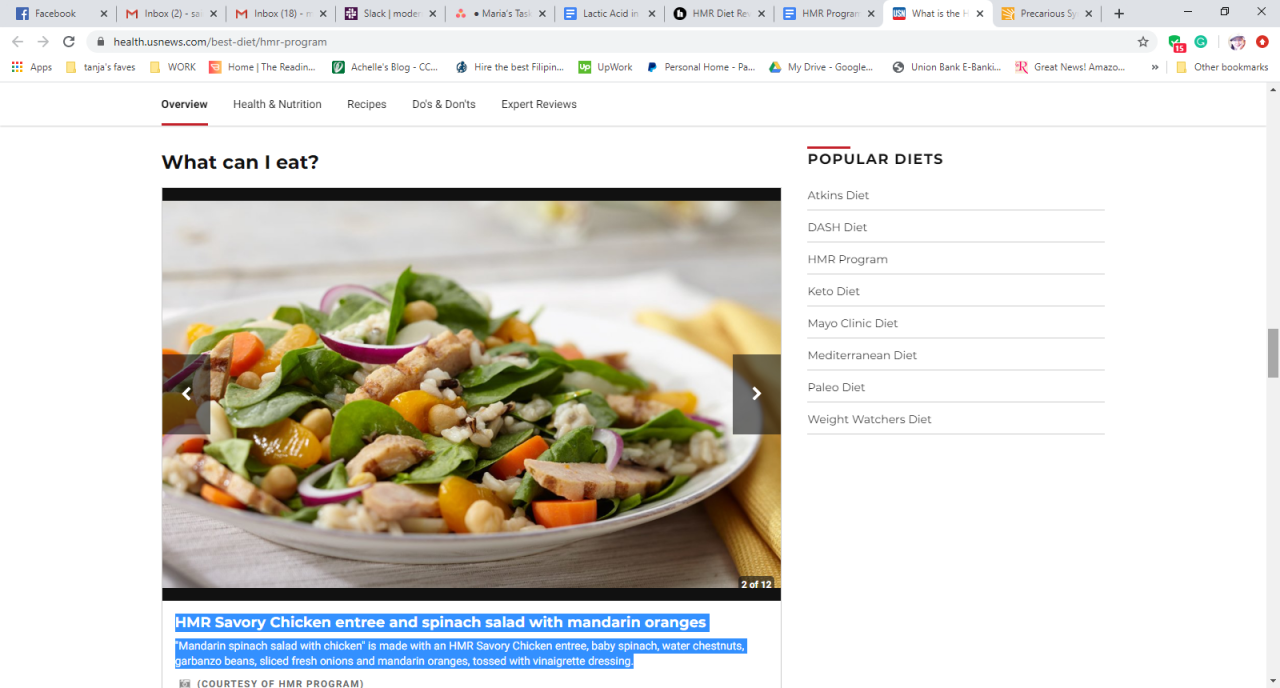
- HMR Shakes, which you can modify and blend with different kinds of fruits to create more enjoyable beverages and desserts.
- HMR Cheese and Basil Ravioli entree, which you can turn into a fuller meal with some steamed vegetables and a side of fresh vegetable salad.
- HMR Vegetarian Thai Curry with Brown Rice entree, which you can mix and match with a variety of vegetables to make a complete and palatable meal.
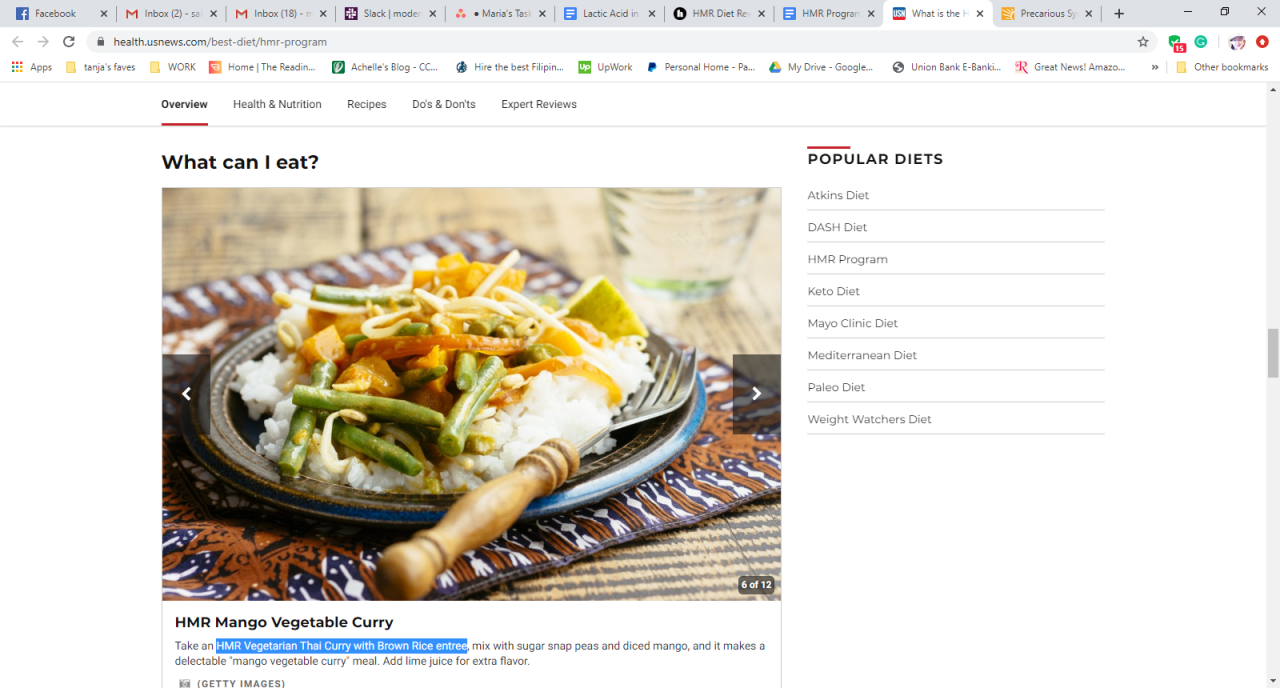
- HMR Chicken Enchilada entree.
- HMR Chicken Creole entree.
- HMR Chicken with Barbecue Sauce entree
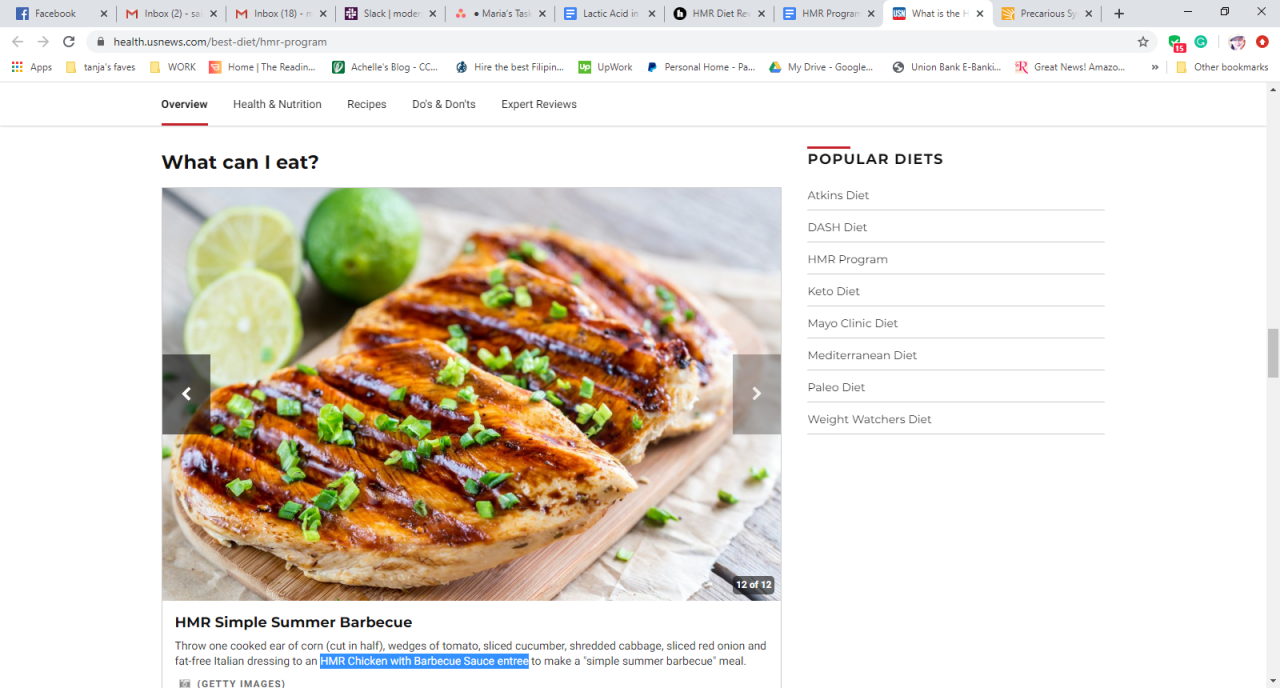
- HMR Turkey Chili entree.
- HMR Chicken Pasta Parmesan entree.
- HMR 500 Chicken Soup, which you can enjoy on its own or mixed with another HMR chicken entree or your choice of vegetables.
- HMR Mushroom Risotto entree.
- HMR Five-Bean Casserole entree.
Does the HMR Program Work?
Subscribing to a meal replacement program or weight-loss meal delivery program is usually an effective way to lose excess weight. Most of the time, people who want to lose weight fail in their efforts to limit their food options and resist temptations. HMR’s meal replacements, combined with the program’s training and education to learn healthy lifestyle strategies and its support system, do help participants achieve weight loss.
The HMR program requires minimum effort on the part of the participants. As long as you stick to the recommended HMR diet plan and engage in adequate physical activity, you can experience significant weight loss and sustain it until you reach your target weight.
However, given the plan’s highly restrictive structure, it may be difficult to commit to long enough to attain one’s weight-loss goal or to maintain it.



